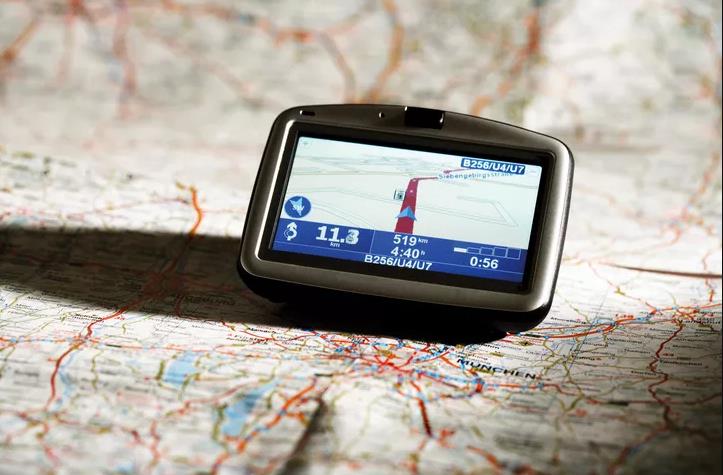Trilateral measurement isGlobal Positioning System (GPS) A mathematical technique used by devices to determine the user's location, speed, and altitude. By continuously receiving and analyzing radio signals from multiple GPS satellites and applying the geometric shapes of circles, spheres, and triangles, GPS devices can calculate the precise distance or range of each tracked satellite.

Working principle of trilateral measurement
Trilateral measurement is a complex version of triangulation, although it does not use angle measurement in its calculations. Data from a single satellite provides the approximate location of a point within a large circular area on the earth's surface. Adding data from the second satellite allows GPS to narrow the specific location of the point to an area where the data areas of the two satellites overlap. Adding data from a third satellite can provide the exact location of the point on the earth's surface.
All GPS devices require three satellites to accurately calculate location. The data from the fourth satellite (even more than four satellites) further improves the accuracy of the position of the point, and also allows calculation of factors such as altitude, or in the case of an airplane, altitude. GPS receivers usually track four to seven satellites simultaneously and use trilateration to analyze the information.
GPS satellite
existU.S. Department of DefenseMaintained 24 satellite relay data worldwide. No matter where you are, your GPS device can keep in touch with at least four satellites, even in wooded areas or metropolises with tall buildings. Each satellite orbits the earth twice a day, sending signals to the earth regularly from an altitude of approximately 12,500 miles. The satellite runs on solar energy and has backup batteries.
When GPS fails
When the GPS navigator cannot track enough satellites and receives insufficient satellite data, the trilateral measurement will fail. Obstacles such as large buildings or mountains may also block weak satellite signals and prevent accurate position calculations. The GPS device will remind the user in some way that it cannot provide correct location information.
Satellites may also temporarily fail. For example, due toTroposphere and ionosphereThe signal may move too slowly. Signals may also emit signals from certain formations and structures on the earth, resulting in trilateral measurement errors.
Government GPS technology and systems
GPS was introduced in 1978 with the launch of the first global positioning satellite. It wasn't until the 1980s that it was solely controlled and used by the U.S. government. The complete fleet of 24 active satellites controlled by the United States was not put into use until 1994.
GPS devices will not send data to satellites. GPS devices (such as smartphones equipped with this technology) can also use telephone systems (such as cell phone towers and networks) and Internet connections to further improve positioning accuracy. When using the latter two systems, the GPS device may send data to these systems.
Since the GPS satellite system is owned by the US government, it can selectively deny or restrict access to the network, and other countries have also developed their own GPS satellite networks. These include:
- China Beidou Satellite Navigation System
- Russia's Global Navigation Satellite System (GLONASS)
- EU Galileo Positioning System
- India’s Indian Regional Navigation Satellite System (IRNSS), also known as NAVIC
